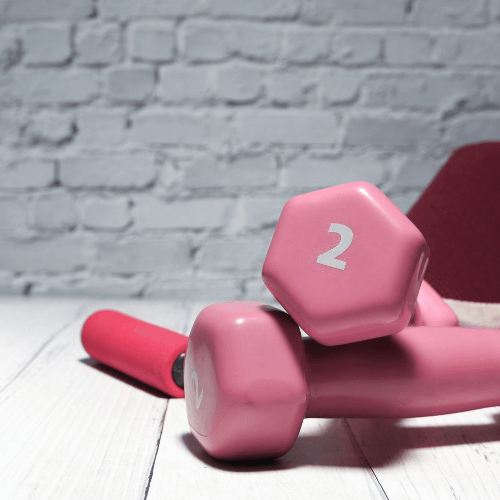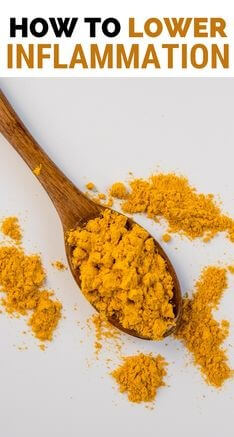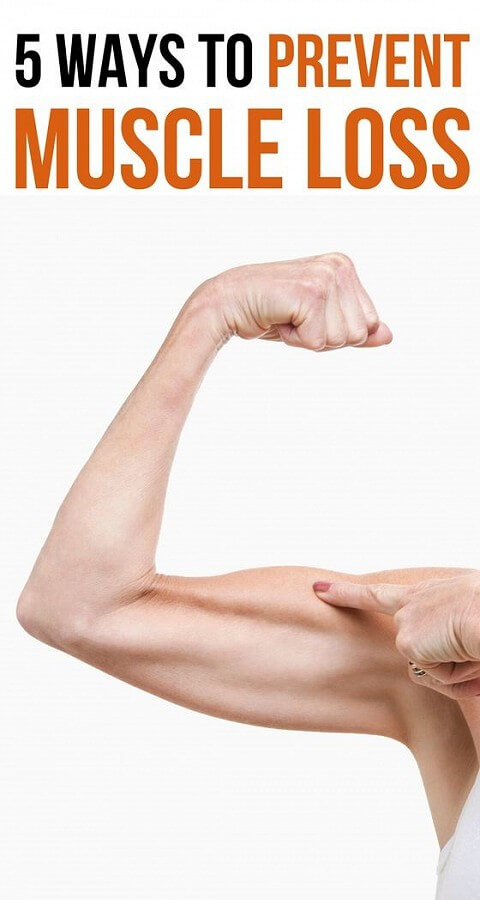Body composition is an important component to evaluating your health and fitness. I have emphasized this many times in previous blog posts and in sessions with my patients. However, your total weight or BMI (Body Mass Index) isn't the be all, end all! This is especially true as we age and your muscle mass starts to decline. Having adequate muscle mass is crucial to overall health, but unfortunately, it starts to decrease after the age of 30 unless you are proactive to prevent it. Let's discuss how to prevent muscle loss as you age...
Sarcopenia is the natural loss of muscle tissue as we age. It is estimated that after the age of 30, muscle loss of 3-8% occurs every decade. If you're not diligent about diet and exercise, this really adds up over time. This becomes harder and harder to reverse. Several studies from the American Society of Bone and Mineral Research showed that those with sarcopenia had a high risk of osteoporosis and much higher risk of accidents resulting in broken bones and head injuries. I don't know about you, but I'd like to remain strong and active until a ripe old age of 100 if possible! Knowing how to prevent muscle loss as you age can help to accomplish this.
As your hormone levels fall during middle age, this accelerates muscle loss. In turn, this increases the body's total percentage of fat. Testosterone levels in men are important for protein synthesis and muscle growth. Think of this hormone as the fuel that keeps the muscle building fire constantly burning. When testosterone decreases, so does muscle mass.
In women, the decline of estrogen levels during menopause also contributes to changes in body composition. The ratio of muscle to fat declines. Typically, women store fat in their hips and thighs, but lower estrogen levels result in an accumulation of fat around the waistline. Estrogen is also responsible for bone health, so as this hormone drops, the risk of osteoporosis increases.
Life gets busy, and taking care of others can take precedent over our own health and exercise routines. If you have a desk job, sitting on your bottom all day definitely doesn't help the situation! If we don't USE our muscles, we will start to LOSE them!
5 Ways to Prevent Muscle Loss as You Age
1. Strength Building Exercises
There is so much emphasis put on cardio activity for weight maintenance or weight loss that strength training is often under appreciated. Because muscle is much more energy efficient than fat, having a higher muscle mass can help with weight management. This is because it actually increases your Basal Metabolic Rate or the amount of calories your body needs each day. This allows you to eat slightly more.
Work with a Certified Personal Trainer to help you develop an achievable routine that may involve a combination of weights, resistance bands, or your own body weight while doing sit ups or planks. If a personal trainer doesn't fit your budget, consider joining a local gym, recreation center, or fitness studio. Group classes are a great way to get motivated and challenge yourself with new exercises and weight routines.
Angie Marone, owner of Fit Chick Express fitness studio in Longmont, CO takes an individual approach with all of her clients. Here is what she has to say about Fit Chick Express: "In the orientation, we learn about each client, their fitness history, their goals and what classes they are interested in. We also make sure to point out in each and every class, if they feel something is too difficult or does not feel right, to let the instructor know. Keeping them injury-free and making them stronger is our main goal!"

2. Eat Adequate Protein
It's important to have the right mix of macro nutrients (Carbs, Protein, Fat) each time you eat. On average, most people need a minimum of .5 grams of protein per pound of weight based on a recommended weight for height. If your goal is to increase muscle mass, this will be higher. The timing of protein after a muscle building workout is also very important.
Exercise, especially tough workouts, create microscopic damage inside your muscle. Muscle is composed of protein. This means that the protein you eat supplies the building blocks that make up your muscles. These building blocks, or amino acids, help repair damaged muscle proteins and form new ones. This helps with the ultimate goal of getting stronger and more fit!
Ideally, a protein rich snack should be consumed within an hour of your strength workout. The amount differs depending on your size, but typically 10-20 grams is enough. Some examples of post workout snacks could include 6 oz of Greek Yogurt, 2 oz turkey, 1 scoop of most protein powders mixed with water, or 1/2 cup cottage cheese.

3. Don't Use Low Calorie Diets
Being on too low of a calorie diet can also cause muscle loss. When you eat less than your Basal Metabolic Rate or what your body requires for it's basic functions, weight loss will definitely occur. However, instead of losing fat, you will also lose muscle. Slow weight loss of no more than 1-2 pounds per week is the healthiest weight loss.

4. Know Your Body Composition
Knowledge is power! Know what your body is made of so you can tailor your workouts accordingly. All Initial Consultations at Nutrition Dynamix include a full InBody scan so we can analyze your current body composition. We look at your overall muscle mass as well as where it lies in your body. What are your body's strength and weaknesses? Do you need to focus your strength training on your upper or lower body? How much fat does your body contain? Do you have enough overall muscle to support your weight and prevent injuries to your joints?
Using this information helps to fine tune your workouts. Repeat InBody scans can then track your changes right down to the tenth of a pound and show that all of your hard work is paying off! Knowing your body composition will help to prevent muscle loss as you age.

5. Reduce Your Body's Inflammation
Recent research in Frontiers in Physiology showed the positive link between chronic inflammation and age related sarcopenia. It showed that inflammatory chemicals in the body increase muscle protein breakdown and their ability to repair themselves. If you have an inflammatory condition like heart disease, Irritable Bowel Disease, vasculitis, or a plethora of other conditions, your ability to maintain muscle mass may be even more challenged. Reducing your inflammation by changing diet and reducing stress is an important component of your health. Check out my recent blog posts on the 6 Chronic Inflammation Warnings and How to Reduce Inflammation with Diet.

Preventing muscle loss as we age is a very important goal that requires a combination of good diet, targeted exercise, and knowledge of your body composition and health risk factors. The goal at Nutrition Dynamix is to empower you with the knowledge you need to stay strong, healthy, and energized to live your best life! Contact Nutrition Dynamix today to set up an Initial Consultation or inquire about a quick 30 minute appointment to learn about your body composition and start improving your numbers to improve you health!
If you liked this article, check out some other popular topics:
Metabolic Syndrome: Are You at Risk?
3 Reasons to Know Your Body Composition
Lower Your Inflammation with Diet
No Bake Peanut Butter Protein Bites recipe
Like this post? Pin it for later!


